
Decoding WGSN’s top sustainability trends
he term ‘sustainability’ first gained traction long back in 1987. In a report titled ‘Our common future,’ published by the UN through the Oxford University Press, the spotlight was focused on the detrimental impacts of industrialization and the importance of embracing sustainable practices. Since then, worldwide, consumer dynamics have shifted and placed a high priority on maintaining the stability of ecosystems and acknowledging their roles in protecting the environment. Realizing the gravity of hard truths such as climate change and global warming, consumers have readily expressed an interest in following sustainability trends.
McKinsey’s research underscores the growing significance of sustainability, highlighting that products with ESG-related claims experienced a remarkable 28% cumulative growth over the last 5 years, compared to 20% for products without such claims. Moreover, a survey by Globescan reports that over 90% of individuals express interest in opting for healthy and sustainable choices.
This data supports the assertion that sustainability is a pivotal aspect for organizations to consider in their strategies. It is not merely a trend but a critical factor influencing consumer preferences.
In a report shared by WGSN highlighting ‘Top trends of 2024’, multiple landscapes echoed the theme of sustainable living such as – Plant Milking, Thrift-dult, Backyard Beauty, Multi-species Home, and Biodegradable Denim. Qalara delves into these sustainability-specific consumer trends, dissecting their purpose and examining their practical applications.
Biodegradable Denim

Denim holds a universal appeal that transcends economic divides. Moreover, its cross-cultural embrace positions denims as a staple in modern life, seamlessly transitioning from casual wear to a powerful fashion statement. However, the iconic status of this apparel comes with a significant environmental cost.
Research indicates that a significant 20% of fabric meets an unfortunate fate as waste during the production of denim clothing. This surplus material, often relegated to landfills or incineration, becomes a noteworthy contributor to greenhouse gas emissions and environmental degradation. Furthermore, the denim manufacturing process employs use of harmful substances, ranging from pesticides and fertilizers to dyes and finishing agents, all of which pose substantial threats to the environment. Beyond this, the use of such materials also jeopardizes the well-being of individuals engaged in the manufacturing process.

According to Statista, the anticipated valuation of the worldwide denim jeans market is projected to reach approximately 95 billion U.S. dollars by the year 2030. With this burgeoning growth, a rise in environmental repercussions is inevitable due to intensified mass production. As environmental concerns escalate, there is an urgent need for the fashion industry to transition towards sustainable practices.
Biodegradable denim epitomizes an eco-conscious approach to fashion. In stark contrast to conventional denim that is woven from non-biodegradable constituents like traditional cotton and synthetic fibers, the sustainable alternative aligns with the principles of environmental responsibility. By harnessing the inherent capacity of biological processes, biodegradable denim presents a compelling solution to mitigate the detrimental impacts associated with non-biodegradable textiles, thereby fostering a harmonious coexistence between style and ecological consciousness.
In a significant stride towards sustainability, Turkish denim mill specialist Calik Denim is set to introduce groundbreaking jeans with a unique coating. This innovative technology enables over 99% of the garment to biodegrade in natural environments within just 210 days.
Additionally, Candiani Denim‘s Coreva Technology also replaces traditional, oil-based fibers with a rubber-like stretch derived from plant-based sources. Their lab tests confirm that these denim pants not only break down within a few months but also evolve into nutrient-rich compost, enhancing soil fertility. Jacob Cohën also followed suit and took a holistic approach by producing entirely compostable jeans using Coreva technology.
As the fashion industry confronts its environmental impact, the emergence of biodegradable denim offers a promising path forward. With pioneering technologies and forward-thinking brands leading the way, such groundbreaking innovations establish a new benchmark in the realm of eco-friendly apparel that adhere to sustainability trends.
Also read: How are big brands pledging to reduce waste
Thrift-dult

Fashion choices often define one’s identity, and in the midst of fast-paced lives, there emerges a trend that challenges the conventional norms of office dressing. ‘Thrift-dult,’ is a celebration of individuality, a trend that blurs the lines between the fashion of corporate and casual, while also promoting responsible consumption.
As the Gen Z cohort embarks on their professional path, they seek to infuse a personalized touch into every facet of their lives. The ethos of Gen Z, characterized by a distinctive blend of non-conformity, gender fluidity, and eco-conscious values, becomes palpable within the folds of this on-the-rise trend. This trend accentuates the art of thrift clothing, where traditional office wear is reimagined with a fusion of vintage finds and contemporary pieces. Think vintage blazers, pinstripes, ties, and ’80s shoulder pads.
This trend also aligns with Gen Z’s eco-conscious preferences. The relevance of DIY styling and customizing clothes has witnessed a remarkable surge in popularity over the past few years, marking a pivotal shift towards sustainable fashion practices. As consumers become more conscious of their environmental impact, the idea of repurposing and reimagining existing garments gains prominence.
Also read: Do consumers care about sustainability?
There are 28,849 thrift store businesses in the United States as of 2023, which is a 3.5% increase from 2022. And as per Statista, the anticipated value of the worldwide second-hand apparel market is expected to hit $84 billion by the year 2030, indicating a significant surge of $56 billion within a decade. Analysts also predict that if the trajectory of thrift clothing continues, the second-hand garment industry may potentially outpace fast fashion in the coming years.
The shift towards sustainable practices aligns seamlessly with the Thrift-dult ethos, where the value of each piece extends beyond its material worth. The combination of thrift finds and DIY styling results in a wardrobe that stands out and promotes a culture of responsible consumption.
All in all, this trend is a transformative movement that not only speaks to fashion-forward individuals but also resonates with the growing desire for sustainability in the world.
Plant Milking

Championing innovation, plant milking emerges as a game-changer in the cosmetic industry. Developed by a French bio-tech company ‘Plant Advanced Technology,’ plant milking is a process of extracting active compounds from plants through Aeroponic cultivation (a cultivation method that involves growing roots in the air).
The process of plant milking has numerous benefits. Its aeroponic cultivation includes efficient use of water, reduced need for pesticides, and faster growth rates. In addition, plant milking is more resource-efficient compared to conventional extraction techniques, as it produces more extract with less plant material, and ultimately establishes a sustainable practice suitable for prolonged use.
Moreover, traditional techniques often alter the chemical structure of the compounds in the process, but plant milking extracts bio-molecule compounds while maintaining their purity and effectiveness.
Plant milking is also recognized for its ethical implications. Traditional extraction methods sometimes involve harvesting entire plants, which can harm the ecosystem. However, plant milking minimizes this impact by requiring less plant material, preserving plant populations, and safeguarding ecosystems from disruption.
Clariant, a leading specialty chemical company, partnered with Plant Advanced Technologies (PAT), a bio-tech company, and created beauty-products using this technique. Their joint venture redefined circular beauty practices and even earned prestigious industry awards for innovative mechanisms, skin benefits, and sustainable practices.
This innovation paves the way for a greener and more eco-conscious future, where plant milking, and even more sustainable techniques will play a pivotal role in reshaping industries and promoting environmental responsibility.
Backyard Beauty

Going parallel with the ethos of sustainability trends, ‘Backyard beauty’ views earth as ‘epidermis,’ and just like skincare, it encourages nurturing and preserving the soil. The focus of this trend is on regenerative farming, an agricultural approach dedicated to restoring and enhancing soil health, biodiversity, and the overall ecosystem.
By prioritizing enhanced soil health, regenerative practices foster the growth of robust and resilient plants, ensuring that all ingredients are of superior quality and potency. These nutrient-rich plants then become the backbone of skincare products teeming with essential vitamins, antioxidants, and minerals.
Such a ripple effect of regenerative farming manifests in skincare formulations that not only support biodiversity by creating flourishing ecosystems but also contribute to a greener beauty industry. Brands like Sacred Rituel prioritize sourcing ingredients from farms committed to regenerative practices. Their focus is on fostering a harmonious relationship between nature and skincare, enriching the quality of beauty products, and the environment.
Regenerative farming sets the stage for a future where beauty formulations prioritize high-quality, regeneratively sourced ingredients. As consumer awareness of sustainable and natural beauty products grows, the demand for regeneratively farmed ingredients is likely to increase.
Multi-species home

In recent times, embracing the roles of ‘dog mom’ and ‘plant parents’ has become an endearing way for individuals to express their affection for pets and plants. Reflecting a growing lifestyle trend where people proudly associate themselves with the caregiving responsibilities and joys of both furry friends and green companions, the concept of a ‘multi-species home’ has gained momentum.
In this age of digital media and rapid technological innovation, modern lives have become increasingly interconnected with screens and devices. Hence, there is a growing recognition of the need to stay grounded and maintain a connection with the natural world. Pets and plants play a pivotal role in bridging this gap, serving as tangible reminders of the living, breathing ecosystems that exist beyond the digital confines of screens. The multi-species home trend represents a conscious effort to strike a balance between the convenience of modern living and the fundamental human need for nature.
According to a survey, 66% of households in the United States are pet owners, totalling 86.9 million households. Furthermore, Pinterest reported a significant surge in user interest for keywords related to biophilic decor, with a remarkable increase in searches for ‘Biophilic architecture’ by 150%, ‘Biophilic design bedroom’ by 100%, and ‘Staircase garden’ by an impressive 175%. These statistics vividly demonstrate the growing fascination with integrating nature into living spaces, reflecting a broader cultural shift towards sustainable and harmonious living.
Also read: Biophilic bliss: Bringing the outdoors in
The multi-species trend presents a myriad of opportunities for business owners and entrepreneurs. Companies specializing in pet products, sustainable decor and lifestyle products, gardening supplies, and eco-friendly solutions stand to gain from the increasing demand for products that align with the ethos of this trend.
Conclusion
The trends forecasted by WGSN point to a future marked by sustainability, innovation, and sustainable living. From ethically sourced beauty ingredients to redefining city dressing with thrift fashion and recognizing soil as a precious resource in beauty practices, these trends inspire a collective responsibility towards the planet. Which of these super relevant trends caught your eye? Let us know in the comments below.
Qalara as a forward-thinking sustainable B2B platform, applauds the efforts of innovators, individuals, retailers, and brands contributing to a greener way of living. Qalara hopes that buyers worldwide will consider embracing the ethos of a sustainable lifestyle and conscious consumerism.
~ Written by Yashvi



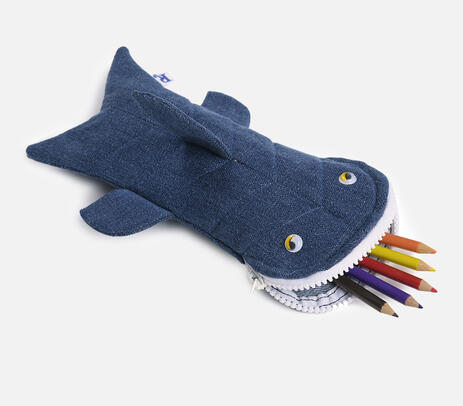
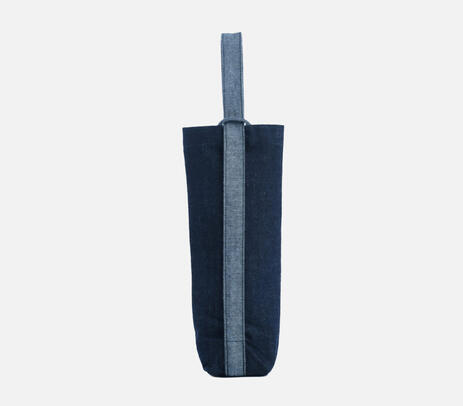
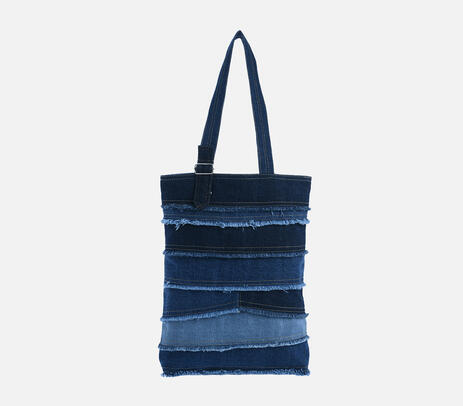
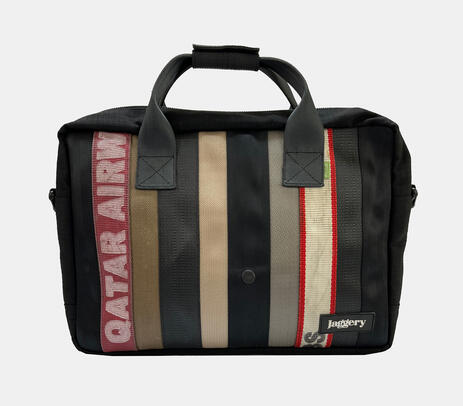
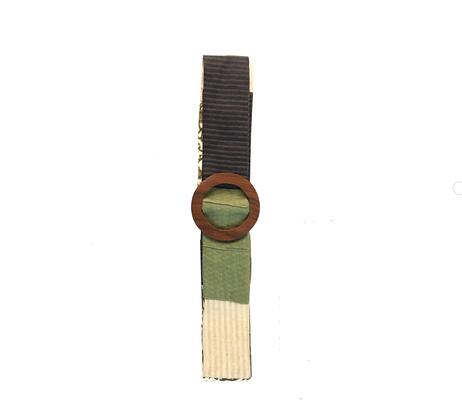
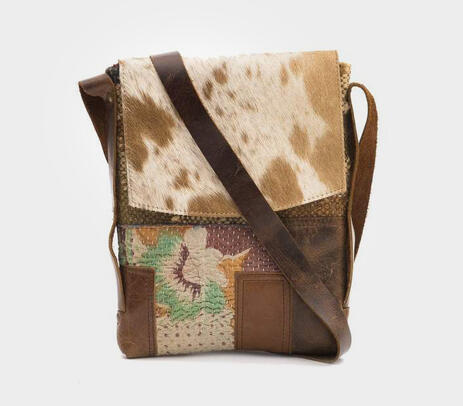
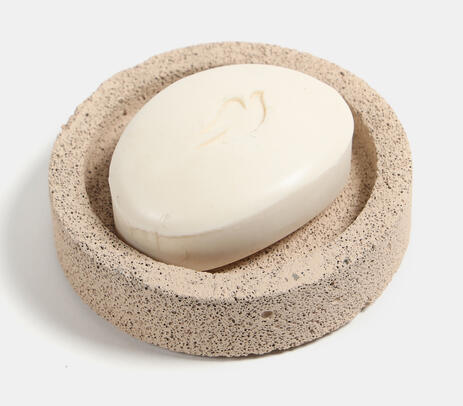
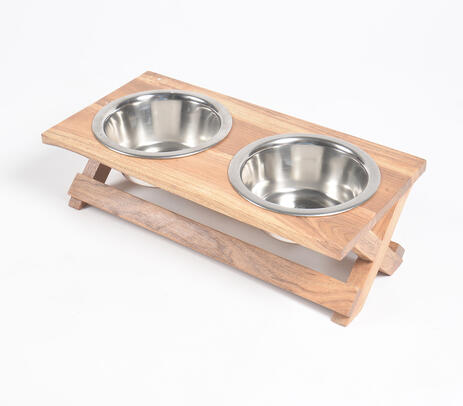
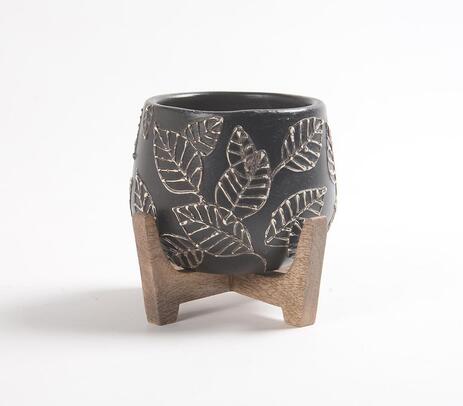
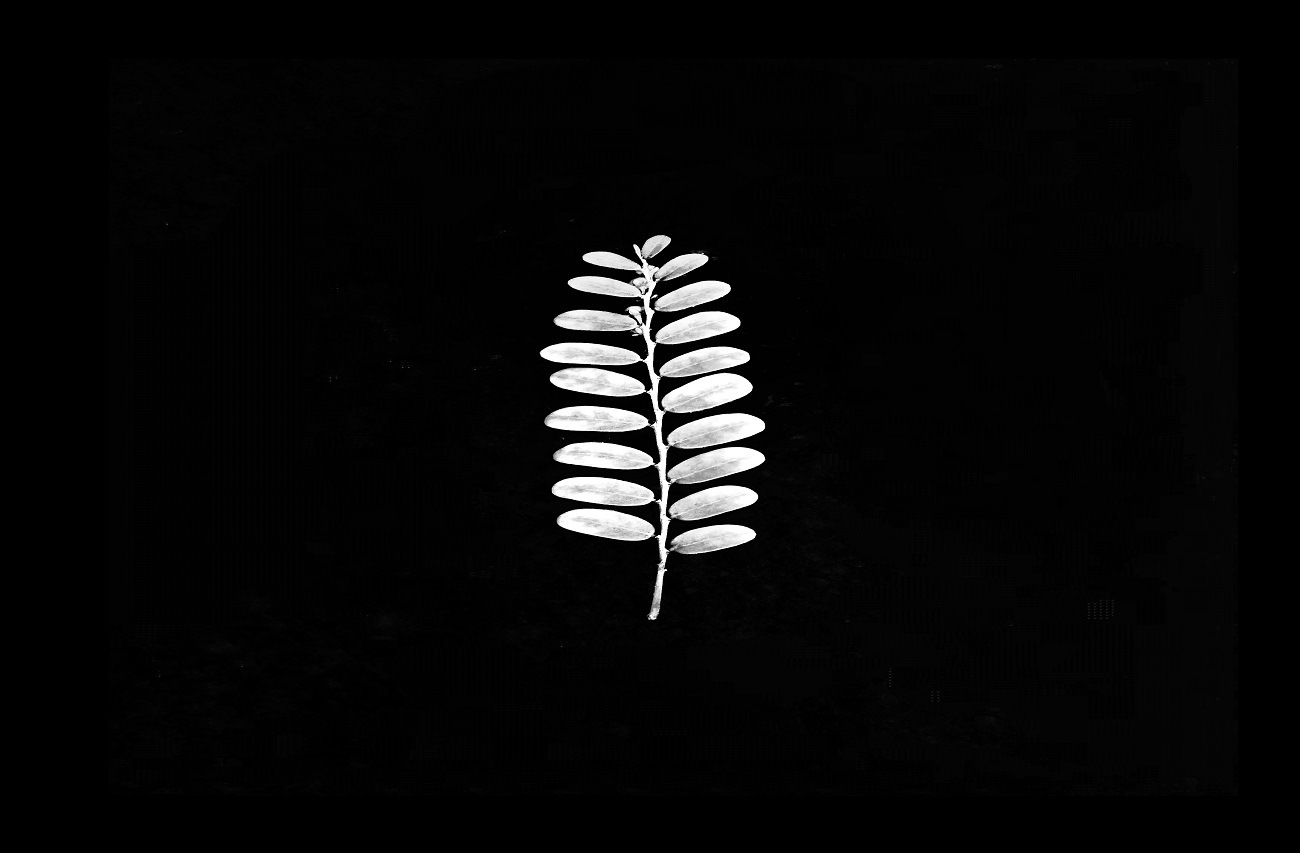

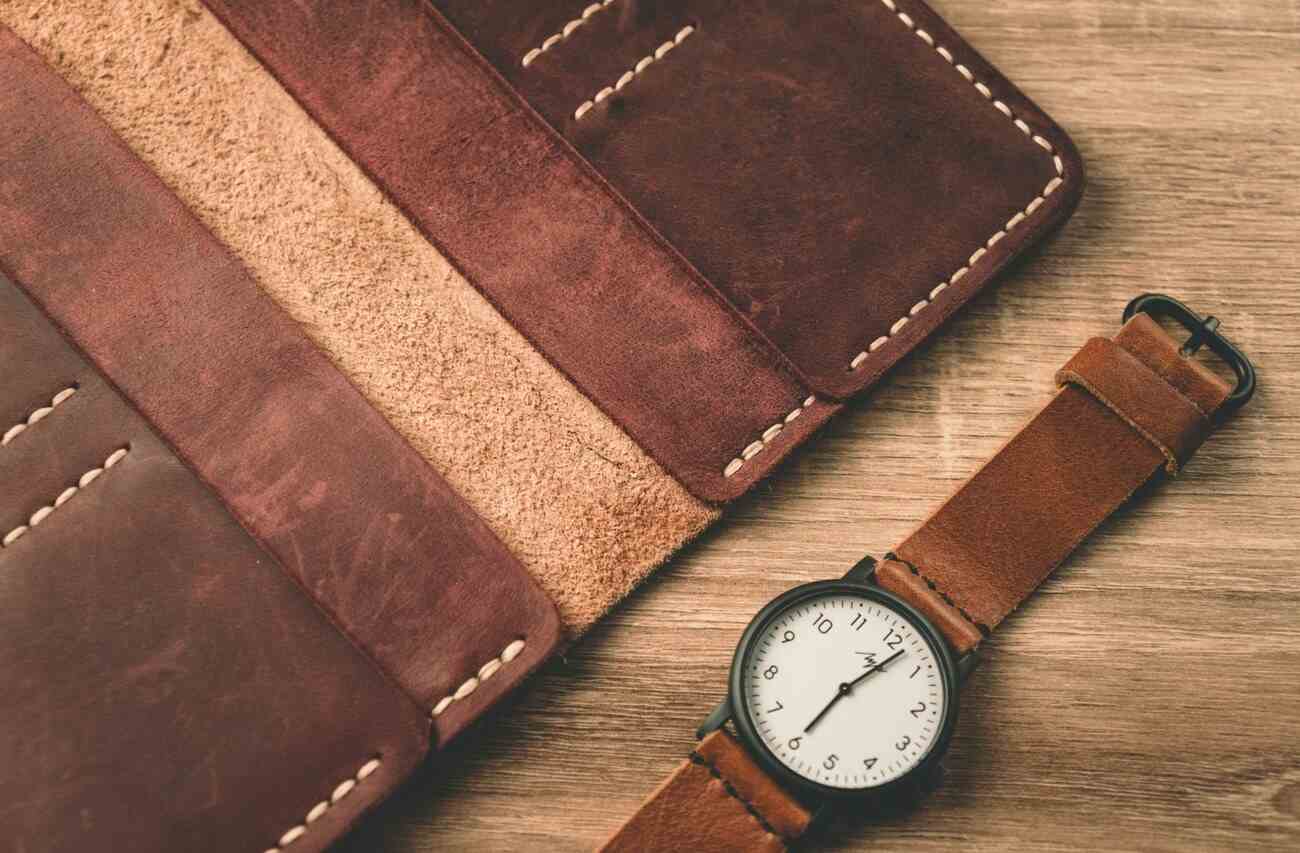
Canada Pharmacy
When someone writes an piece of writing they keep the plan of a user/reader in their mind, that how can a user understand it. So that’s why this post is amazing. Thanks!